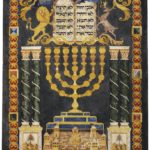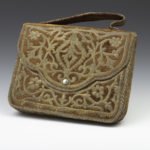Unmissable objects of Sephardi origin
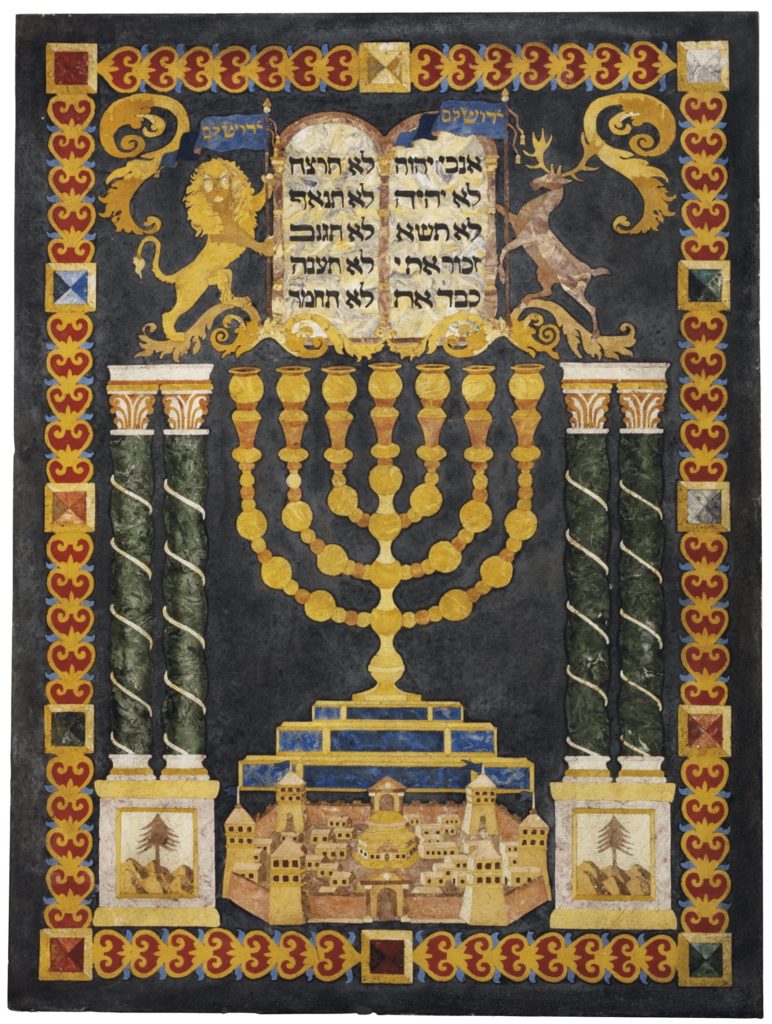
Visting our Sephardi Voices exhibition?
Explore our other galleries and find these objects of Sephardi origin on display.
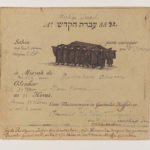 1. Summons to a Sephardi burial, The Netherlands, late 18th century
1. Summons to a Sephardi burial, The Netherlands, late 18th century
This card invited a non-Sephardi member of a Sephardi Burial Society to act as a coffin bearer. It is printed in Hebrew and Portuguese with a hand-written Dutch translation of the Portuguese. Most Sephardi Jews who settled in Britain in the 17th and 18th centuries came from The Netherlands.
Find this card in the Judaism: A Living Faith gallery.
Fixed on an Eastern wall inside a home, a mizrach indicates the correct direction of prayer. This unusually large and ornate example belonged to Moses Montefiore, an Anglo-Jewish communal leader and philanthropist of Sephardi descent.
Find the mizrach on the staircase between the 2nd and 3rd floors
This bag of brown velvet with gold embroidery was made to store the prayer shawl (tallit) of Sydney Assor. He received them as presents for his barmitzvah in Morocco in 1942. Sydney came to Britain in 1961. You can learn about his story in the Sephardi Voices exhibition.
Find the bag in the History: A British Story gallery
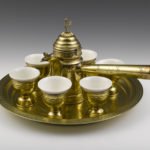 4. Coffee and tea set from Aden
4. Coffee and tea set from Aden
This set made of brass and china could be used for coffee or tea (the tea pot is not in the picture). It was brought from Aden in today’s Yemen to make traditional Eastern drinks.
Find the set in the History: A British Story gallery
 5. Wooden rimmonim, Tunisia or Libya
5. Wooden rimmonim, Tunisia or Libya
This beautiful pair of hand-painted rimmonim or Torah finials is the only one in our collection made of wood. They are from Northern Africa, but we are not sure whether they were made in Libya or Tunisia, possibly on the island of Djerba.
Find these rimmonim in the Judaism: A Living Faith gallery.
